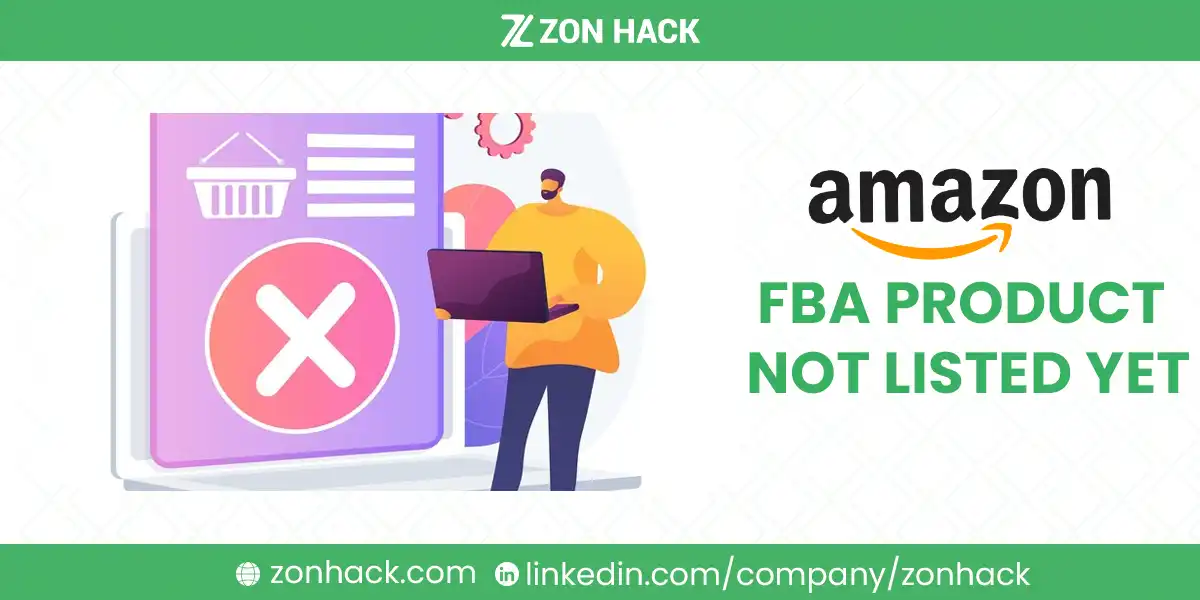Finding untapped product opportunities on Amazon FBA can feel like searching for a needle in a haystack. However, with the right approach and tools, sellers can uncover profitable items that haven’t yet saturated the marketplace. This comprehensive guide will walk through proven strategies to identify these hidden gems and establish a foothold in unexplored market segments.
The competition on Amazon grows fiercer each day, making it crucial for sellers to think outside the box when sourcing products. The key lies not just in finding any product, but in discovering items that meet specific criteria while facing minimal competition. Let’s explore the most effective methods to uncover these opportunities.
Methods to Find Products for FBA that is Not Listed Yet
The journey to finding unlisted products requires a multi-faceted approach combining both digital and traditional research methods. Here’s a detailed exploration of proven strategies that successful Amazon sellers employ.
Utilize Product Research Tools
Modern technology has revolutionized the way sellers conduct product research. Professional tools like Helium 10 and AMZScout have become invaluable assets in the search for untapped opportunities. These platforms offer sophisticated algorithms that analyze market data and identify potential gaps in the Amazon marketplace.
Sellers can utilize Helium 10’s Black Box feature to filter through millions of products based on specific criteria such as sales volume, review count, and pricing. The platform also provides historical data that helps identify seasonal trends and emerging product categories. Meanwhile, AMZScout offers a Chrome extension that provides real-time market analysis, helping sellers spot opportunities while browsing Amazon.
SellerAmp, a newer entrant in the market, brings fresh perspectives to product research. Its innovative approach includes analyzing customer search patterns and identifying underserved market segments. The tool’s Chrome extension provides instant insights about potential profitability and competition levels for products being researched.
Explore External Marketplaces
The global marketplace offers countless opportunities for product sourcing. Platforms like Alibaba and AliExpress serve as windows into international markets, often showcasing products months before they trend in Western markets. Successful sellers regularly monitor these platforms to identify items gaining traction in Asian markets that haven’t yet reached Amazon.
Beyond Asian marketplaces, eBay serves as an excellent testing ground for product validation. Its “Trending” and “Popular Categories” sections often highlight consumer interests before they manifest on Amazon. Sellers can analyze successful eBay listings to understand pricing strategies and product variations that resonate with customers.
Analyze Market Gaps
Understanding market gaps requires both quantitative and qualitative research. Sellers should dedicate time to reading customer reviews across various product categories, paying special attention to commonly mentioned problems or desired features. These pain points often reveal opportunities for product improvements or entirely new product lines.
Social media platforms have become invaluable tools for trend spotting. TikTok, Instagram, and Pinterest users often drive product trends months before they appear on traditional e-commerce platforms. Monitoring hashtags, viral videos, and influencer content can provide early insights into upcoming product opportunities.
Use the Amazon Best Sellers Page
The Amazon Best Sellers page serves as a goldmine of information for savvy sellers. This section updates hourly, providing real-time insights into consumer preferences and buying patterns. Sellers should pay particular attention to emerging subcategories and products that are climbing the rankings rapidly, as these often indicate growing market trends.
When analyzing the Best Sellers page, sellers should look beyond the obvious top products. The key is to examine products ranking between 20 and 100 in various categories, as these items often represent growing niches with less competition. Sellers should also analyze seasonal fluctuations in rankings, which can reveal opportunities for products that perform well during specific times of the year but lack year-round competition.
Conduct Store Sniping
Store sniping is a powerful yet often overlooked strategy for finding unique products. This method involves systematically visiting brick-and-mortar retail stores, including major chains, discount stores, and local specialty shops. Sellers should focus particularly on clearance sections, seasonal displays, and new product launches that haven’t yet made their way to Amazon.
During store visits, successful snipes pay attention to several key factors: products with unique features or improvements over existing items, items with strong brand recognition but limited online presence, and products that solve common problems in innovative ways. They also look for regional or location-specific products that might have broader appeal but haven’t been introduced to the national market.
Clearance sections are particularly valuable as they often contain discontinued items or product variations that might still have strong demand online. Sellers should also attend trade shows and retail exhibitions where manufacturers often showcase new products before they hit the mainstream market.
Conclusion
Finding unlisted products for Amazon FBA requires dedication, creativity, and systematic research. By combining digital tools with traditional research methods, sellers can uncover profitable opportunities that others have overlooked. The key to success lies in maintaining consistent research efforts and staying ahead of market trends.




